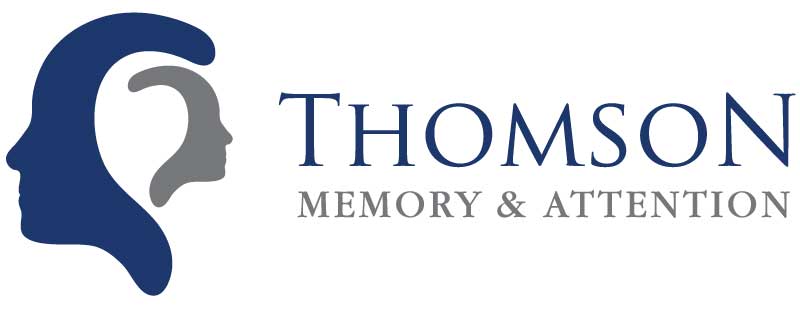ADD in Children
Attention Deficit Disorder Evaluation & Diagnosis
What is ADD?
ADD, which stands for attention deficit disorder, is an outdated term formerly used to diagnose persistent and pervasive inattentive issues. Today, this same condition is now formally diagnosed as ADHD-Predominantly Inattentive presentation. ADHD stands for attention deficit/hyperactivity disorder, but it should be more appropriately thought of as attention deficit and/or hyperactivity disorder. The reason for including “and/or” is because ADHD can present as either predominantly inattentive, predominantly hyperactive, or combined.
ADHD occurs in about 5% of children across cultures and is more frequently diagnosed in males than females. Males are more commonly diagnosed with ADHD-Predominantly Hyperactive whereas females are more commonly diagnosed with ADHD-Predominantly Inattentive which is oftentimes more difficult to spot possibly explaining the gender-related diagnostic discrepancy. Pediatric ADHD is also commonly seen with a co-occurring disorder, such as dyslexia, 30-60% of the time adding to the complexity of ADHD cases.
During a neuropsychological evaluation, a child who presents inattentive symptoms enough to fulfill diagnostic criteria would be formally diagnosed with ADHD-Predominantly Inattentive presentation. While this diagnosis is still sometimes referred to as ADD socially, ADHD-Predominantly Inattentive presentation is the technically correct term. The treatment plans that at one time were used for ADD mirror the treatment plans now used to combat ADHD-Predominantly Inattentive presentation.
What Causes ADD?
ADD, which is now diagnosed as ADHD-Predominantly Inattentive, occurs when persistent and pervasive issues with attention impact a child’s daily functioning. These problems with attention could mean a child is having difficulty paying attention, completing work or assignments, or staying focused on a task. ADD (now ADHD-Predominantly Inattentive) is known to be highly heritable between family members. However, this genetic characteristic is not sufficient at solely explaining what causes ADD.
ADD Symptoms for Children
Signs and symptoms associated with ADD (now ADHD-Predominantly Inattentive) can include, but are not limited to, the following:
- Failing to give close attention to detail or often makes careless mistakes
- Frequent daydreaming and mind-wandering
- Difficulty maintaining focus on tasks
- Easily distracted and difficulty listening
- Difficulty with the organization of items and tasks (e.g., trouble following multi-step instructions, trouble keeping things tidy, time management issues)
- Frequent misplacement of important items (e.g., homework, books, pencils, eyeglasses)
- Poor grades due to failing to finish or turn in assignments
If your child is experiencing one or more of these symptoms, consider having a neuropsychological evaluation. Call (847) 469-7537 to learn more.
